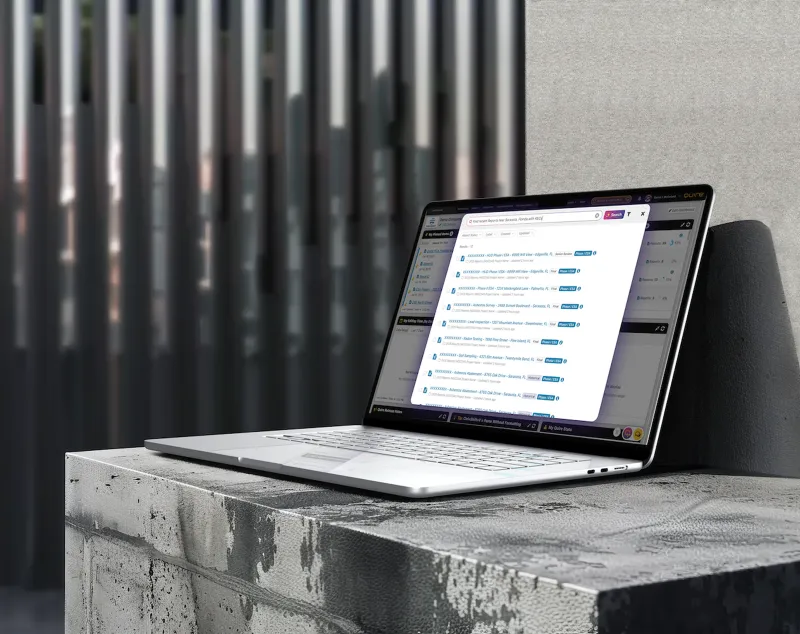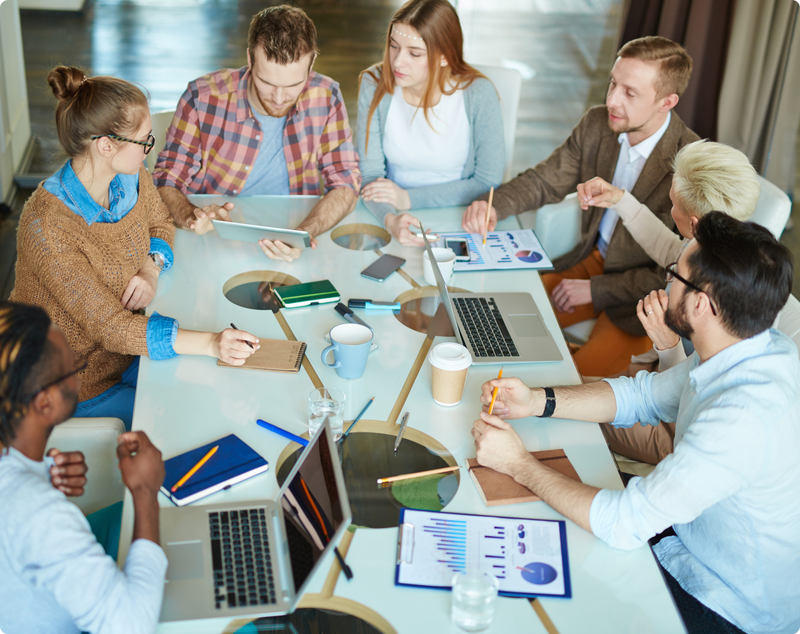Xinaps: From Vision to Acquisition and the Future of AEC Model-Checking
With the recent acquisition of Xinaps and the rebranding of Verifi3D as Solibri Checkpoint, we sat down with the founder, Frank Schuyer, to explore the journey behind developing this innovative tool, the challenges it aimed to solve in the AEC industry, and the vision that guided it. From its roots in creating Revit plugins to its evolution into a cloud-based model checker, Xinaps has focused on advancing sustainability and efficiency in design workflows.
1) Can you tell us about Xinaps and the vision behind developing Verifi3D? What challenges in the AEC industry was it addressing?
Initially, Xinaps began developing plugins for Revit to assist architects and engineers in automating tedious design tasks during both the early and late stages of design. We started as a Dutch-based engineering software company emphasizing making buildings more sustainable, energy-efficient, comfortable, livable, and ultimately more rentable and valuable over time. Several features we developed were well-suited for conversion into Revit plugins, particularly those addressing fire safety and wheelchair accessibility, which were underrepresented then.
These developments laid the groundwork for Verifi3D and the improvement of geometrical checks. While the concept seemed straightforward, the reality was quite different. During the development process, we encountered challenges related to design quality and the various file formats viewing-engines, which hindered our ability to scale effectively. We noted a low level of user acceptance, and customer feedback revealed a greater demand for cloud-based tools that could evaluate design data rather than tools (plugins) focused solely on improving the designs themselves. This marked a significant transition, leading us to shift from developing plugins to creating a cloud-based model checker.

2) Why do you think Verifi3D was an attractive product for Solibri to acquire? What unique value does it bring to their portfolio?
Interoperability has been a keyword in the industry for many years, but most ISVs focus on supporting just one file format. Developing an engine that supports multiple file formats and a platform that integrates with various CDEs were solutions that created interest from many platforms and ISVs. It’s all about an efficient workflow and keeping data in one place (CDE) as much as possible. This “middle man” position for data validation, which you can also call a friend of every ECO system, made us an attractive solution in any ISV portfolio.

3) What was the process like for Xinaps during the acquisition? Were there any significant milestones or challenges along the way?
The conversations consistently focused on how the combined companies could best meet market demands from the initial discussions to the final closing. Both organizations prioritized the customer and the solutions to be offered. The outcome is promising, and the industry can anticipate many positive developments ahead.
4) How will Verifi3D’s rebranding as Solibri Checkpoint impact its functionality, user experience, or adoption in the AEC sector?
The outlook is promising. The Verifi3D platform serves as a strong foundation for future developments. With a significant expansion of the development team and a unified roadmap, some exciting features are on the way, including enhancements to user experience. Overall, the entire workflow will be greatly simplified.
5) What does this acquisition mean for the Xinaps team? Will they be transitioning to work under Solibri, or are there other plans for the team?
I’m proud and excited, and the entire team feels the same. They have found a new home, and are thrilled to be part of extending this journey. I will be advising, but I no longer have operational involvement.

6) What does this partnership signify for the future of model-checking solutions in the AEC industry? How do you see this shaping industry standards?
By collaborating, we can create a more robust product with numerous new features that will play a central role in the Q&A process of BIM-driven projects. Specifically, cloud-based software tools that are part of an integrated ecosystem will be essential for facilitating the exchange of various file formats, which is crucial for optimizing checks.
7) Looking back on the Xinaps journey, what are you most proud of? Is there a particular moment that stands out as pivotal?
There are many points to be proud of, but it’s especially gratifying to be explicitly acquired by an industry player. Additionally, our entire team has been acknowledged as domain experts and has found a solid new home. Verifi3D is being rebranded and will enter new markets like the USA and the UK. Reflecting on the entire journey, from the initial idea to securing our first customer, it has certainly been worthwhile.
8) What’s next for you personally following this acquisition? Are you planning to stay involved in the AEC tech space?
The AEC industry has taught me an incredible amount of new insights, tech, and much more. I have never learned more in my career than I have in AEC, and I recognize that I still have much to learn. I am also in a position to give back to the community, and I look forward to doing so. The trend of digitizing workflows—whether through data, AI, design, or on-site/field tools—is just the beginning of a new chapter in our industry, and I am eager to be a part of it.

You can explore the Solibri CheckPoint page here and learn more about other clash detection tools in the Clash Detection category.
Recent Articles
Learn about the latest architecture software, engineering automation tools, & construction technologies

Pioneering Technical Report Management (TRM™) for AEC Firms: A Quire Deep Dive
Learn how Quire founder Kelly Stratton is reinventing technical reporting in our latest aec+tech interview, where its purpose-built TRM™ platform, WordBank-powered standardization, AI-driven Smart Search, quality control, and the Lazarus knowledge engine come together to help AEC, environmental, and CRE teams cut reporting time and errors while unlocking their institutional expertise.

Moving to the Cloud: Egnyte’s Staged Approach for Architecture Firms
As projects grow, AEC firms are rethinking data management and collaboration. This article outlines Egnyte’s six-stage Architecture Cloud Journey—a practical roadmap for moving from on-premise systems to secure, collaborative cloud environments. From assessment to continuous improvement, it shows how to streamline workflows, strengthen security, and future-proof with AI-ready infrastructure.

SaaS Founders: Are You Timing Your GTM Right?
This article was written by Frank Schuyer, who brings firsthand experience as a founder in the software and SaaS world. In this piece, he explores how founders can unlock faster growth and stronger market traction by integrating go-to-market strategy (GTM) from the very beginning of product development—rather than treating it as an afterthought.

The VIKTOR App Builder: Putting Automation into Every Engineer's Hands
The VIKTOR App Builder is changing how engineers automate their work. Built on VIKTOR’s secure, enterprise-ready platform, it lets users turn calculations, checks, and post-processing tasks into shareable browser-based apps—no coding required. In this interview, CPO Stijn Jansen explains why the team created it, how it bridges no-code, low-code, and full-code workflows, and what it means for the future of AI-assisted engineering.